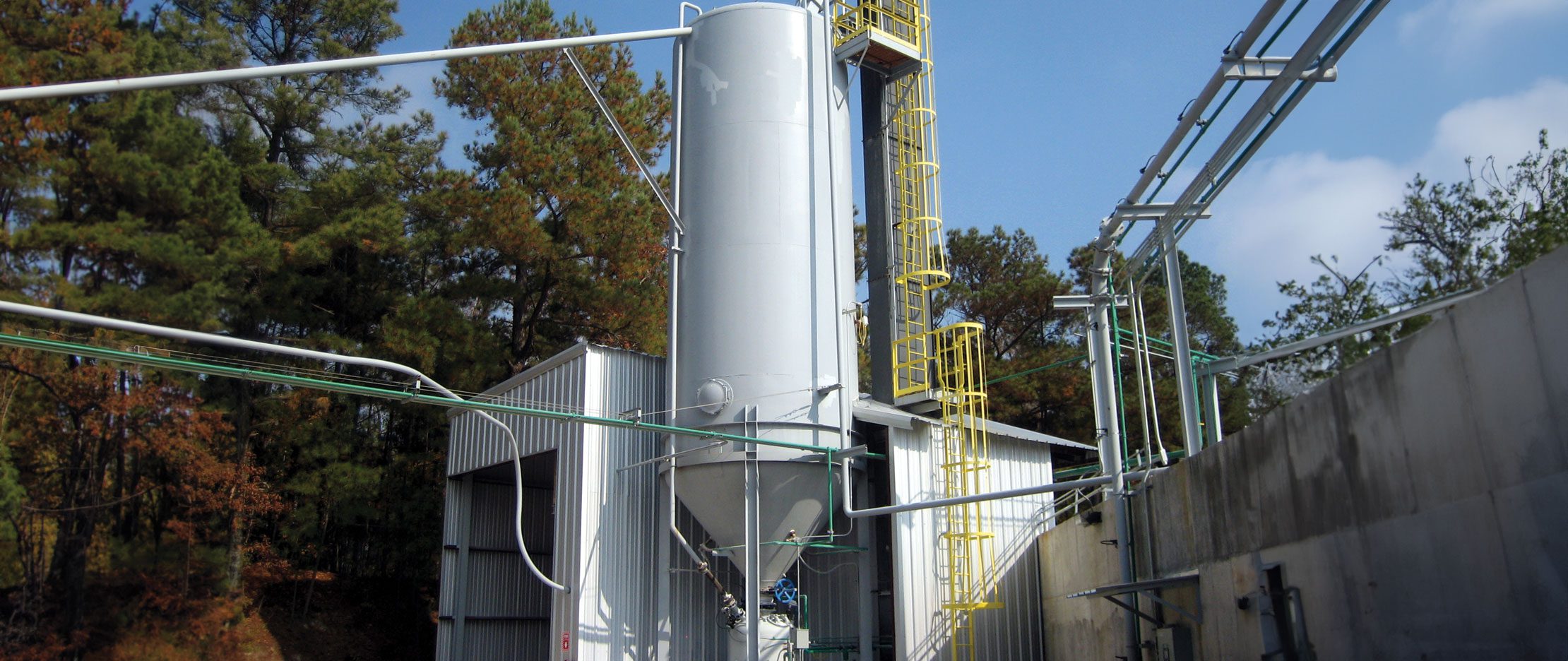
Bridging is a common issue in bulk solid material handling and can lead to significant problems such as disrupting production, resulting in product loss, and causing costly downtime. To effectively prevent bridging, it is essential to understand the underlying causes and implement best practices. Here we will explore practical and effective strategies to prevent bridging in silos and ensure smooth material flow.
Bridging occurs when particles in a bulk solid material interlock or bond together, forming a stable arch above the silo outlet that prevents material flow. Factors such as moisture content, particle size and distribution, bulk density, and silo design can influence the likelihood of bridging. Recognizing these factors helps in assessing and addressing the issue effectively.
Understanding the properties of the bulk solid material being stored is essential. Some materials are more prone to bridging due to their size, shape, or moisture content. Conducting a thorough analysis of the material can inform adjustments in storage and handling techniques that minimize the risk of bridging. At first glance, materials can seem free-flowing and not prone to bridging. However, when under significant load and storage times, materials can become less free-flowing, leading to issues in discharging from the silo.
Choosing the right design for your silo can play a big role in preventing bridging. Ensuring that your silo has the correct shape and dimensions, along with features like conical bottoms, can promote better flow. Incorporating flow aids, such as vibrators or air jets, can also help dislodge stagnant product and facilitate continuous flow. Other mechanical options to enhance flow include bin activators, live bottom bins, agitators, and large to multiple-headed augers.
Material Properties
Some materials are more prone to bridging than others. These include:
Silo Design Flaws
As mentioned earlier, poor silo design can contribute to bridging:
Environmental Factors
The following external conditions can lead to bridging:
Optimize Silo Design
Implement Flow Aids
Control Environmental Conditions
Regular Maintenance and Inspection
To help prevent bridging in silos requires a multi-faceted approach that must consider material properties, silo design, and operational practices. Regular maintenance of the silo and accompanying equipment is critical in preventing bridging. Implementing monitoring systems to track material flow and conditions within the silo can help detect potential issues early. By employing these strategies, operators can effectively minimize the risk of bridging, ensure a smooth handling process, and maximize the efficiency of their bulk solid material systems.
Magnum Systems podcast series, AIM!
RELATED POSTS
Five Ways To Limit Product Breakage With Your Pneumatic Conveying System
Navigating the Often Intricate Pneumatic Conveying of Plastic Resins and Pellets with Max Griffiths
Related Post
Five Ways to Expand Automation Through Controls Migration Without Sacrificing Employee Morale
Predictive Maintenance Part Three: Predicting the Future of Industrial Systems
Predictive Maintenance Part One: The Lifecycle Advantage for Maximizing ROI